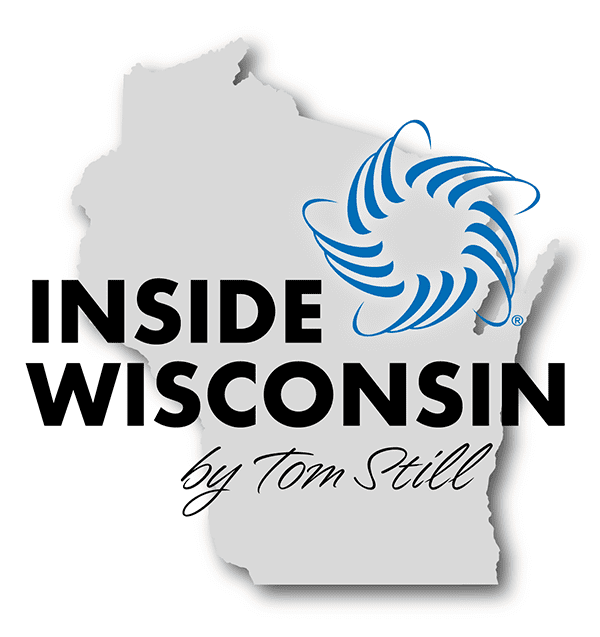By Tom Still
 MADISON, Wis. – From red states such as Arizona, Florida and Indiana to blue states such as California, Massachusetts and New York, a common state budget theme is emerging: The post-pandemic spending party is over; a time of sober fiscal management is beginning.
MADISON, Wis. – From red states such as Arizona, Florida and Indiana to blue states such as California, Massachusetts and New York, a common state budget theme is emerging: The post-pandemic spending party is over; a time of sober fiscal management is beginning.
Spared that hangover thus far is Wisconsin, which means the state can be in a better position to compete with its neighbors for economic growth.
About half of all Americans live in states that have reported short-term budget gaps, potential long-term deficits or both, according to analyses by groups such as the Pew Charitable Trusts and Politico. The full extent may be under-reported because some states don’t share a lot of forward-looking fiscal data. While some states have built healthy “rainy day” fund balances, others haven’t tackled the problem of spending more than they collect.
Part of the problem is that some states blew through federal aid almost as fast as it arrived from Washington, D.C., sometimes ignoring structural spending problems that pre-dated the 2020 pandemic. Wisconsin has sidestepped that dilemma – at least, for now – by amassing a record “rainy day” fund and sizable short-term budget balances.
That was part of the message this week when Revenue Secretary Peter Barca told a meeting of the Wisconsin Technology Council the state has socked away $1.8 billion in its “rainy day” fund, has a projected $7 billion balance for the fiscal year ending June 30, 2024, and a $3.9 billion estimated ending balance for the year ending June 30, 2025.
Barca added the state has also retired $415 million in debt, regained its AAA bond rating for the first time since 1982, and saw general fund tax collections (mainly income, sales and excise taxes) rise by 2.1% over 2022.
That’s a positive start for 2024, especially given that many observers predicted a 2023 recession. Predictions vary for what 2024 holds nationally – more of the same, a soft landing or a bumpy ride for the economy.
Whatever the trend, there will be a long line of suitors to spend Wisconsin’s surplus heading into the next state biennial budget. Wisconsin policymakers should bear in mind that projected balances are precisely that – projected – and they are single-digit percentages of the total state budget of roughly $98 billion over two years.
Even if spending pressure mounts, Wisconsin remains in better budgetary shape than two prominent neighbors – Illinois and Minnesota.
In Illinois, deficits are tied in part to the state spending about one-fifth of its general fund dollars on public employee pensions to make up for it being one of the worst-funded (and managed) pension systems in the United States. Wisconsin, in contrast, is one of the best.
Minnesota’s executive budget agency projected the state will have a surplus through fiscal 2025 but face a “structural imbalance” the following two years.
While Wisconsin competes nationally and internationally in many ways, it’s more likely to butt heads with Illinois, Minnesota and other neighbors for talent and company expansion or relocation.
Sometimes, it’s necessary to spend money to make money when it comes to economic development, A current example is a $7.5 million state proposed state investment to support Wisconsin’s medical “tech hub” application to the federal Economic Development Administration. If successful, that application could bring $75 million to the state over time.
Similarly, Wisconsin won two of only 44 national planning grants from the National Science Foundation for “Regional Innovation Engine” hubs between now and 2025. Each of those applications, if successful, could lead to up to $160 million in support over time. That’s a total of $320 million to support two anchors of the Wisconsin economy, next-generation agriculture and innovation tied to the nexus of water, energy and advanced manufacturing.
Wisconsin is also a low-cost state for startups, according to a recent survey by Venture Smarter. Minnesota and Illinois are not. There are other advantages to doing business in Wisconsin that could be levered with a little pump-priming, as well.
With a solid budget outlook and once-in-a-decade opportunities at hand, Wisconsin is a good bet for business growth in coming years.
Still is president of the Wisconsin Technology Council. He can be reached at tstill@wisconsintechnologycouncil.com.



